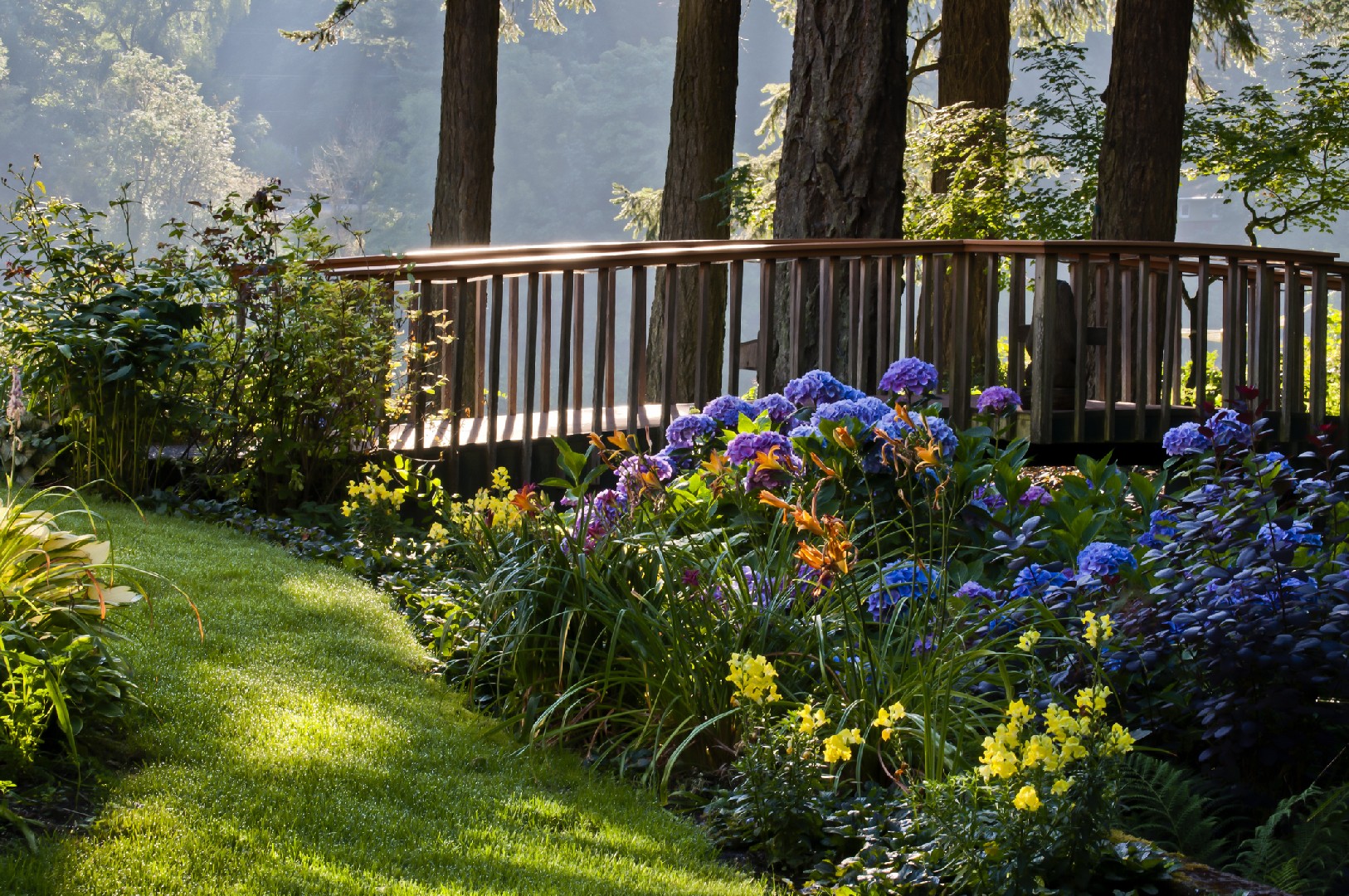![Rectangle]()
Garden Bridges: The Intersection of Beauty and Functionality
Garden bridges are more than just a decorative element in your outdoor space. They serve a practical purpose while enhancing the overall aesthetics of your garden. These bridges are not only visually appealing but also provide a means to cross over a small stream, pond, or an otherwise inaccessible area of your garden.
When designing your garden, it is essential to consider the functionality of a garden bridge. While they add visual charm, they can also serve as a useful pathway, connecting different areas of your garden. By strategically placing a bridge, you can create a focal point or a sense of direction in your outdoor space.
There are various types of garden bridges available, each with its unique design and purpose. Depending on the style and theme of your garden, you can choose a bridge that complements the overall design aesthetics. For a traditional and rustic garden, a wooden bridge with arches and intricate detailing can be an ideal choice. On the other hand, a sleek and modern garden may benefit from a minimalist steel or stone bridge that blends seamlessly with the surroundings.
When it comes to materials, garden bridges can be made from wood, stone, or metal. Each material has its advantages and considerations. Wooden bridges, for example, have a timeless appeal and blend well with natural surroundings. They are also relatively easy to install and maintain. However, they may require periodic painting or staining to protect them from weather elements.
Stone bridges offer durability and can withstand various weather conditions. They are also resistant to pests and require minimal maintenance. However, the installation process for stone bridges may be more complex and expensive.
Metal bridges, such as those made from steel or wrought iron, add a touch of elegance to any garden. They are sturdy and require little maintenance. However, metal bridges may get hot in direct sunlight and may not be suitable for gardens with a lot of foot traffic.
To ensure the longevity of your garden bridge, it is important to consider certain factors. First, the placement of the bridge should be on stable ground to provide a safe and secure crossing. Second, regular inspections and maintenance are necessary to identify any signs of wear and tear.
In conclusion, garden bridges are a beautiful addition to any outdoor space, combining both practicality and visual appeal. They can serve as focal points, connect different areas of your garden, and complement the overall design aesthetics. By choosing the right type of bridge and material, and ensuring proper installation and maintenance, you can enjoy the beauty and functionality of a garden bridge for years to come.





